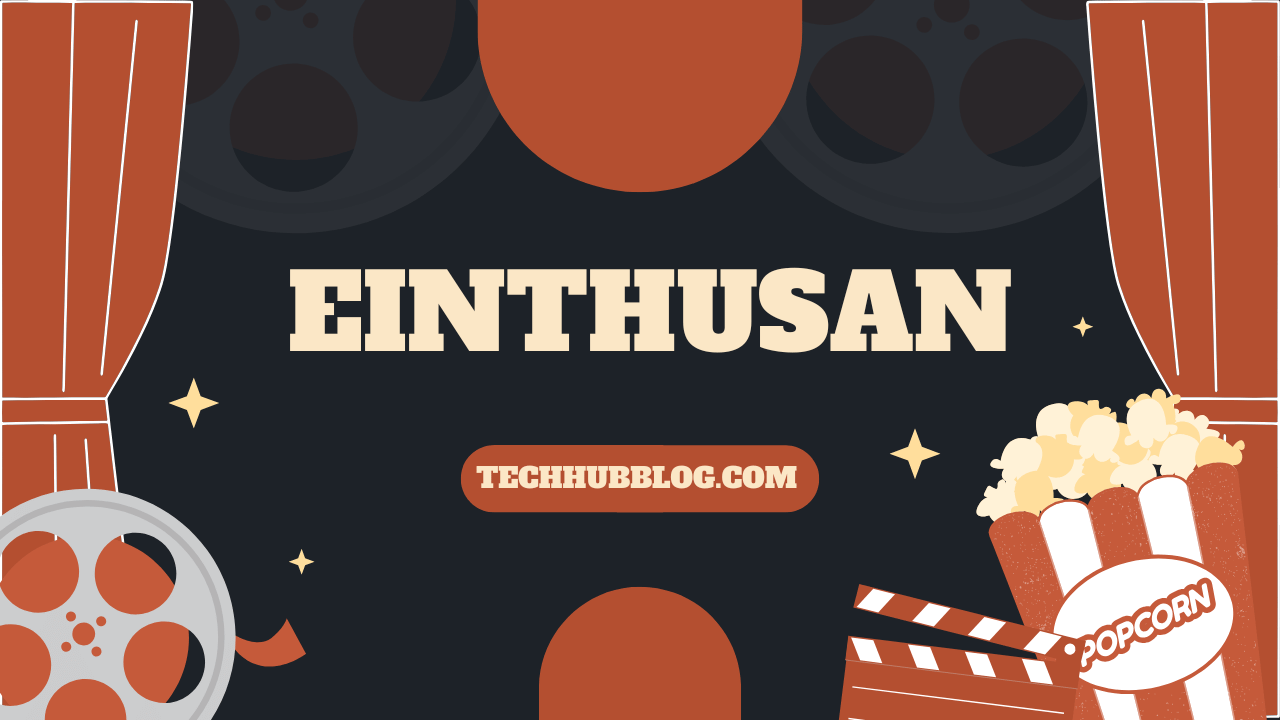7 AI Tools That Help Teachers Work More Efficiently

The rise of artificial intelligence (AI) has transformed industries — and education is no exception. With increasing workloads, lesson planning, grading, and student engagement demands, teachers are turning to AI tools to lighten the load and boost productivity. In this post, we’ll explore 7 AI tools that help teachers work more efficiently, making classrooms smarter and teaching less stressful.
What Are AI Tools for Teachers?
AI tools for teachers are software or applications powered by artificial intelligence that assist with daily teaching tasks. These tools can help with lesson planning, grading, feedback, classroom management, and even personalized learning. They automate repetitive tasks and provide intelligent insights to improve both teaching efficiency and student outcomes.
1. Gradescope – AI-Assisted Grading
Gradescope uses AI to make grading faster and more consistent. Teachers can scan and upload student assessments, and the tool will recognize handwriting, suggest scores based on rubrics, and even group similar answers for quicker reviews.
Benefits:
- Speeds up grading
- Reduces human error
- Provides analytics on student performance
2. Khanmigo (by Khan Academy) – Personalized Tutoring Assistant
Khanmigo is an AI-powered teaching assistant from Khan Academy designed to help students with personalized tutoring while assisting teachers with recommendations and content planning.
Benefits:
- Engages students with interactive feedback
- Suggests targeted exercises
- Frees up teacher time for personalized instruction
3. ChatGPT (by OpenAI) – Lesson Plan Generator
Teachers can use ChatGPT to generate lesson plans, create quiz questions, explain complex topics, and even draft emails to parents. It’s like having a smart co-teacher on demand.
Benefits:
- Saves time on content creation
- Supports differentiated learning
- Enhances creativity in the classroom
4. Canva for Education – AI-Driven Design for Class Content
Canva’s AI tools help teachers create stunning presentations, worksheets, and infographics with minimal effort. Smart design suggestions and Magic Write (an AI writer) simplify content creation.
Benefits:
- Professional-looking materials
- Easy drag-and-drop editing
- Great for visual learners
5. Socratic (by Google) – Homework Helper & Explainer
Socratic is an AI-powered app that helps students understand homework problems by scanning and explaining questions using text recognition and search.
Benefits:
- Supports student self-learning
- Reduces repeated explanation time
- Provides trusted sources and solutions
6. Otter.ai – Transcription and Note-Taking
Teachers can use Otter.ai to transcribe lectures, meetings, or class discussions. It’s perfect for creating notes, sharing summaries, and improving accessibility.
Benefits:
- Real-time transcription
- Automatic summary generation
- Great for flipped classrooms
7. Quillbot – AI Writing Assistant
Quillbot helps teachers refine lesson materials, paraphrase complex instructions, and improve clarity in communication. It’s also useful for ESL students.
Benefits:
- Enhances writing quality
- Summarizes long texts
- Improves student writing feedback
Why AI Tools Are a Game Changer for Teachers
Using AI tools allows educators to focus on what truly matters — connecting with students and delivering meaningful learning experiences. By offloading routine tasks to technology, teachers can:
- Save time and reduce burnout
- Personalize learning more effectively
- Analyze student performance effortlessly
- Communicate more clearly with parents and staff
FAQs About AI Tools That Help Teachers Work More Efficiently
Q1. Are AI tools safe for classroom use?
Yes, most reputable AI tools follow data privacy regulations and are designed with educational safety in mind.
Q2. Do I need technical knowledge to use these tools?
Not at all. These tools are user-friendly and designed for educators of all tech levels.
Q3. Are these AI tools free?
Many tools offer free versions or education discounts. For example, Canva for Education and Khan Academy are completely free for teachers.
Q4. Will AI replace teachers?
No. AI supports teachers by automating tasks but cannot replace the human connection, empathy, and adaptability that educators bring.
Conclusion
The integration of AI in education is not about replacing teachers — it’s about empowering them. These 7 AI tools that help teachers work more efficiently are revolutionizing classrooms by saving time, reducing stress, and improving student engagement. Embrace the future of education and let AI be your classroom assistant in 2024!



